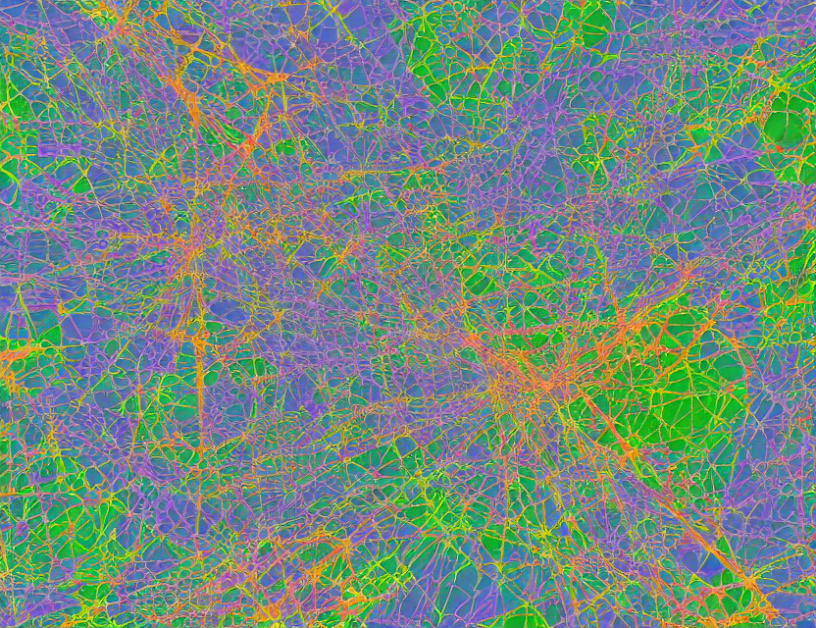Stein-MAP is a machine learning algorithm that combines the strengths of variational inference and Monte Carlo methods to estimate model parameters in maximum a posteriori (MAP) estimation. Developed by Min-Won Seo and Solmaz S. Kia, Stein-MAP offers a new approach to sequential variational inference that leverages the efficiency of particle filters while maintaining the accuracy of Markov chain Monte Carlo (MCMC) methods.
The core idea behind Stein-MAP is to use a sequence of approximate distributions to represent the posterior distribution of model parameters. At each iteration, the algorithm constructs a new approximate distribution by updating the previous one with new data, and then uses this distribution to compute the MAP estimate. By iteratively refining the approximate distributions, Stein-MAP can efficiently sample from complex models without sacrificing accuracy.
Stein-MAP consists of three main components: (1) an initial proposal distribution, (2) a sequence of approximating distributions, and (3) a MAP estimate. The algorithm starts with an initial proposal distribution, which is then updated at each iteration using a variational inference step. In this step, the algorithm computes the evidence lower bound (ELBO), which measures the difference between the approximate distribution and the true posterior distribution. The ELBO is used to update the proposal distribution, and the process is repeated until convergence.
In summary, Stein-MAP offers a powerful tool for MAP estimation in complex models by leveraging variational inference and Monte Carlo methods. Its sequential structure allows for efficient computation and avoids the computational burden associated with direct inference. The algorithm provides a flexible framework that can be applied to various model types and has broad potential applications in machine learning and data science.
Unifying Variational Inference and Maximum A Posteriori Sequence Estimation



